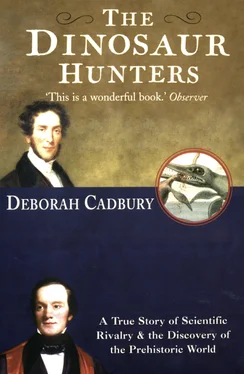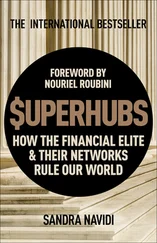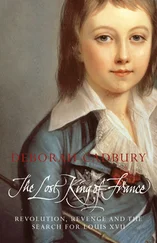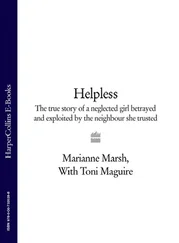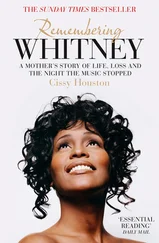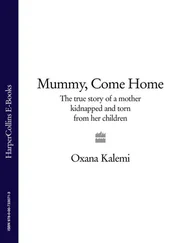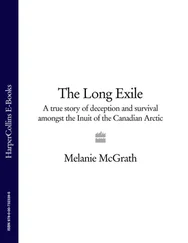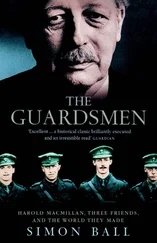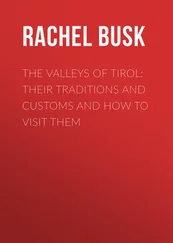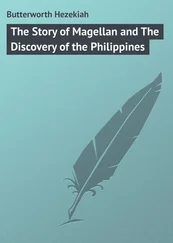There were three dead women, among them Mary’s nurse, Elizabeth, whose hair, arm and cap along the right side were ‘much burnt and the flesh wounded’. She was still holding the baby, who was insensible and could not be roused. The second Mary Anning, known to be ‘dear to her parents’, was carried back to Lyme, ‘in appearance dead’. But when bathed in hot water, gradually she was revived, to the ‘joyful exclamations of the assembled crowd’. According to the family, this was a turning-point for the young Mary Anning: ‘She had been a dull child before but after this accident she became lively and intelligent.’
As Mary grew older, she took a keen interest in helping her father gather fossil ‘curios’ from the beach to sell to tourists. In the early part of the century, Richard Anning had several more children to support: the boys Joseph, Henry, Percival and Richard and another daughter, Elizabeth. To supplement his meagre income as a carpenter, Mary and her father set up a curiosity table outside their home to sell their wares to the tourists. However, selling fossils was a competitive business.
One collector, called the ‘Curi-man’ or Captain Cury and known locally as a ‘confounded rogue’, would intercept the coaches and sell specimens to travellers on the Exeter to London turnpike. Another ill-fated collector was Mr Cruikshanks, who could often be seen along the shoreline with a long pole like a garden hoe. When Cruikshanks lost the small stipend supporting him, leaving nothing but a tiny income from the sale of curios, he closed the account of his miserable existence and committed suicide by leaping off the Gun-Cliff wall in the centre of Lyme into the sea.
No one could explain what these ‘curios’ were. Petrified in the rocks on the shore were strange shapes, like fragments of the backbone of a giant, unknown creature. These were sold locally as ‘verteberries’. There were enormous pointed teeth, thought to be derived from alligators or crocodiles. Relics of ‘crocodilian snouts’ had been reported in the region for several years. There were also pretty fossil shells and stones, called ‘John Dory’s bones’ or ‘ladies’ fingers’.
At the time, throughout England, superstitions abounded about the meaning of fossils. The beautiful ammonites, called ‘cornemonius’ in the local dialect, with their elegant whorls like the coils of a curled-up serpent, were also known as ‘snake-stones’. The subject of the wildest speculation, such stones were thought in earlier centuries to have magical powers, and could even serve as an oracle. The ammonite, it was believed, could bring ‘protection against serpents and be a cure for blindness, impotence and barrenness’. Occasionally a snake’s head would be painted on the coils to be used as a charm. But snake-stones were not always a symbol of good fortune. In some regions it was thought that they were originally people, who for their crimes were first turned into snakes and then cast into stone. By divine retribution anyone who was evil could be turned to dust, just as Lot’s wife had been turned into a pillar of salt.
There were other strange curios, too, such as the long, pointed belemnites. These were said to be thunderbolts used by God, known colloquially as ‘devil’s fingers’ or ‘St Peter’s fingers’. These also had special powers. According to ancient tradition powdered belemnites could cure infections in horses’ eyes, and water in which belemnites had been dipped was even thought to cure horses of worms.
The fossils that resembled fragments of real creatures like snakes or crocodiles defied explanation. Myths of the time give tantalising insights. Some held that they were the ‘seed’ or ‘spirit’ of an animal, spontaneously generated deep within the earth, which would then grow in the stone. According to others, fossils were God’s interior ‘ornament’ of the earth, just as flowers were the exterior ornament. They might even have been planted by God as a test of faith! After all, if they were the remains of real animals that had once thrived, how had they burrowed their way down so deep into the rocks? And why would any creature do this? Alternatively, if the rocks had formed gradually around them, long after the animals had perished, this implied that God’s Creation had occurred over a period of time, not in a few days as described in Genesis. Entombed in the stony cliff-face was a mystery beyond explanation.
At the beginning of the nineteenth century many had absolute faith in the word of the Bible. To them, the most convincing explanation was that these were the remains of creatures that had died during Noah’s Flood and had been buried as the earth’s crust re-formed. Although there are no records of Mary Anning’s view as a child, it seems likely that this was the framework of colourful folklore and unyielding religious belief that informed her searches along the cliffs of Lyme Bay.
Mary became skilled at searching for ‘crocodiles’. Laid out on the table before their house were giant bones of ‘Crocodiles’, ‘Angels’ Wings’, ‘Cupid’s Wings’, ‘Verteberries’, and ‘Cornemonius’. Her searches on the beach made her mother Molly Anning very angry, as, according to Roberts the schoolmaster, ‘she considered the pursuit utterly ridiculous’. It was also dangerous. Rainwater endlessly percolating through layers of soft shales and clays caused frequent mudslides and rockfalls, especially in winter. There was also the risk of being caught by the sea as the fossils, revealed by erosion, had to be removed before the tide turned and the waves washed them away. Sometimes Mary and her father were trapped by the rising waves between the sea and the cliffs, and had to struggle up the slippery rockface to safety. On one occasion, Richard Anning was caught in a landslide as part of the Church Cliffs collapsed into the sea, and narrowly escaped being carried down with the rocks and crushed on the beach below.
One night in 1810, however, Anning was not so lucky when, taking a short cut to Charmouth, he strayed from the path and fell over the treacherous cliffs at Black Ven. He was severely weakened by his injuries and soon succumbed to the endemic consumption and died. Molly and the children were destitute. They had no savings; indeed, Richard Anning had left his family with £120 worth of debt, a large sum at a time when the average labourer’s wage was around 10 shillings a week. There was no way that Molly could readily pay back such a debt. As a result, she was obliged to face the humiliating prospect of appealing for help from the Overseers of the Parish Poor. It was a considerable misfortune for an artisan family.
Under the old Poor Laws dating from Tudor times, the poverty-stricken could be accommodated in one of fifteen thousand Poor Houses in England, where inmates struggled with conditions recognisable from the pages of Charles Dickens. Alternatively the poor received ‘outdoor poor relief’, as in the case of the Annings, which enabled them to stay in their own home while receiving a supplement from the parish. Although conditions on outdoor relief varied across districts, it was usually a miserly amount for food and clothing, or sometimes given in kind as bread and potatoes. The average weekly payment on outdoor poor relief was three shillings at a time when the minimum needed to scrape a living was six or seven shillings a week. Paupers were thus dependent on charity or could appeal to relatives for support. Older children were expected to help out with any number of tasks – horse holding, running as messengers, and cleaning or other domestic work. It was common for those on poor relief to be severely malnourished, and the hardships the Anning family endured were so severe that of all the children, only Mary and Joseph were to survive.
Читать дальше
